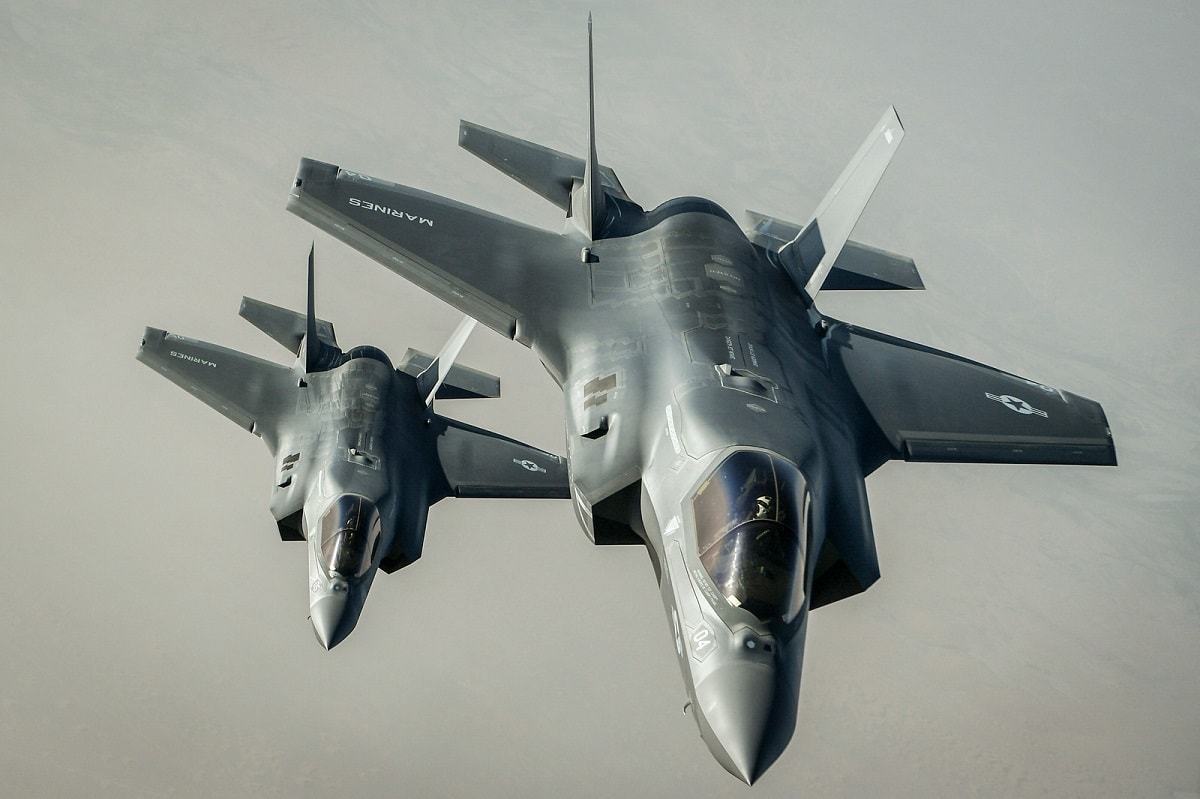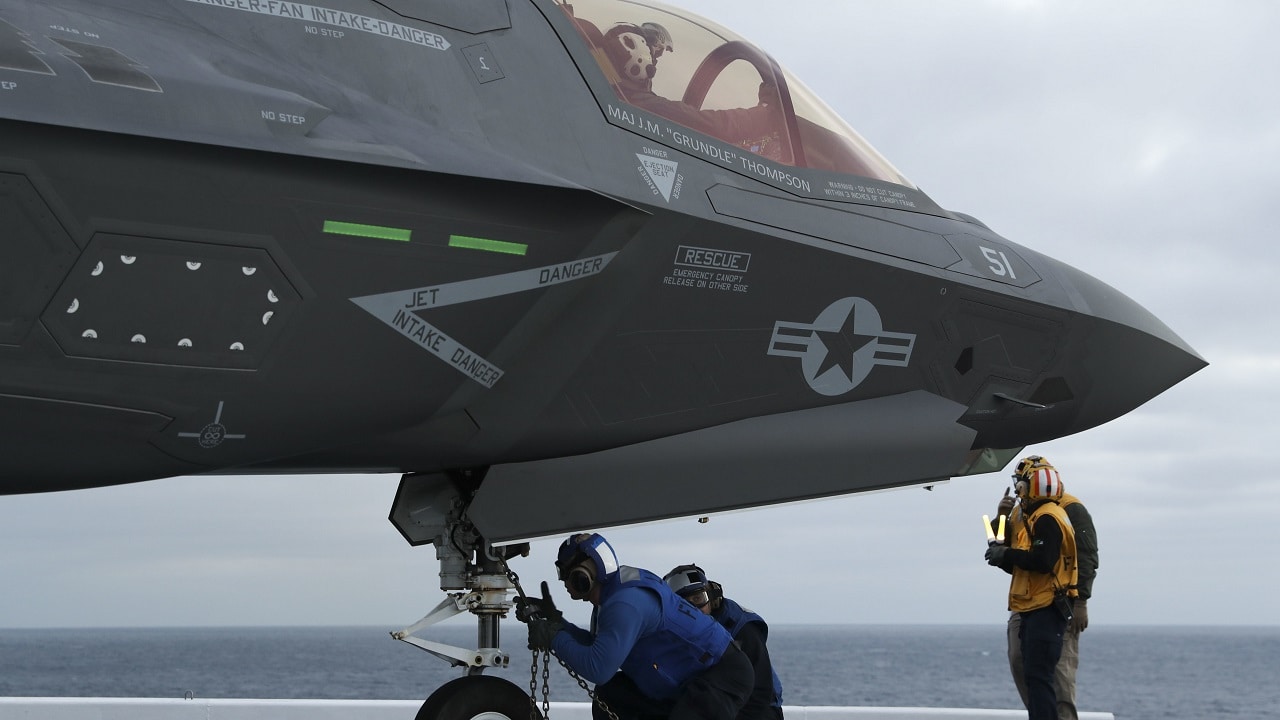The crazy Internet rumors that the missing United States Marine Corps F-35B Lightning II was somehow hacked and flown by Chinese agents to Havana have been put to rest, as a debris field has been found in South Carolina – essentially ending the search for the fifth-generation stealth fighter.
Officials said the debris of the crashed jet was found in Williamsburg County some two hours northeast of Joint Base Charleston, which has handed off command of the investigation to the Marine Corps. The pilot of the aircraft had “safely ejected” during the incident, authorities previously stated.
Upon discovery of the debris field, members of the community were asked to avoid the area – and recovery teams are actively working to secure the wreckage.
“Personnel from Joint Base Charleston and @MCASBeaufortSC, in close coordination with local authorities, have located a debris field in Williamsburg County. The debris was discovered two hours northeast of JB Charleston,” Joint Base Charleston (@TeamCharleston) announced via a post to X – the social media platform formerly known as Twitter.
The F-35B Lighting II jet – the short/vertical takeoff and landing (SVTOL) variant of the Joint Strike Fighter – went missing on Sunday after the pilot ejected, and was taken to a local medical facility in stable condition. However, it remains unclear at press time what happened that forced the pilot to eject from the aircraft.
Third Class-A Mishap for F-35B
Sunday’s incident involving the F-35B was the third “Class-A Mishap” in just the past six weeks, according to the Marine Corps.
A Marine aviator was killed when an F/A-18 Hornet crashed near San Diego on August 24, and days later, a Marine Corps MV-22B Osprey crashed during military exercises in Australia, killing three U.S. Marines and leaving five others in serious condition.
Both accidents remain under investigation, and while there is no apparent connection between these crashes, all three have been classified as Class-A mishaps – defined as an incident that leads to a fatality or more than $2.5 million in property damage, including the aircraft.
As a result, on Monday, Acting Commandant of the Marine Corps, Gen. Eric M. Smith, directed all Marine Corps aviation units to conduct a two-day stand down in operations this week to discuss aviation safety matters and best practices.
“During the stand down, aviation commanders will lead discussions with their Marines focusing on the fundamentals of safe flight operations, ground safety, maintenance and flight procedures, and maintaining combat readiness. This stand down is being taken to ensure the service is maintaining operational standardization of combat-ready aircraft with well-prepared pilots and crews,” the Marine Corps said via a statement. “This stand down invests time and energy in reinforcing the Marine aviation community’s established policies, practices and procedures and ensures Marine Corps remains a ready and highly-trained fighting force.”
F-35B Key Facts
The United States Marine Corps variant of the F-35, “Bravo,” features short take-off and vertical landing (STOVL) capabilities. STOVL allows the airframe to operate from short-field bases and a range of air-capable ships. The Bravo variant can also take off and land conventionally from longer runways, typically at major Marine Corps bases.
The Bravo has a shorter wingspan than the F-35 C “Charlie” variant – the U.S. Navy’s carrier-based model – measuring 35 feet in length. While all three F-35 variants are very similar in capabilities, the F-35B fits explicitly the needs of the Marine Corps. Unlike the F-35C, the Charlie does not have the carrier-based CV/CATOBAR (Catapult Assisted Take-Off But Arrested Recovery) feature that is designed for the Navy’s mission sets.

Though the F-35 is considered to be among the most capable combat aircraft in service today, the program has been marred by a number of high-profile accidents and mishaps. Around a dozen of the fifth-generation stealth aircraft have been destroyed in crashes since it entered service in 2015 according to U.S. Air Force data. However, that rate is no worse than other aircraft types, The Wall Street Journal reported.
Author Experience and Expertise
A Senior Editor for 19FortyFive, Peter Suciu is a Michigan-based writer. He has contributed to more than four dozen magazines, newspapers, and websites with over 3,200 published pieces over a twenty-year career in journalism. He regularly writes about military hardware, firearms history, cybersecurity, politics, and international affairs. Peter is also a Contributing Writer for Forbes and Clearance Jobs. You can follow him on Twitter: @PeterSuciu.

